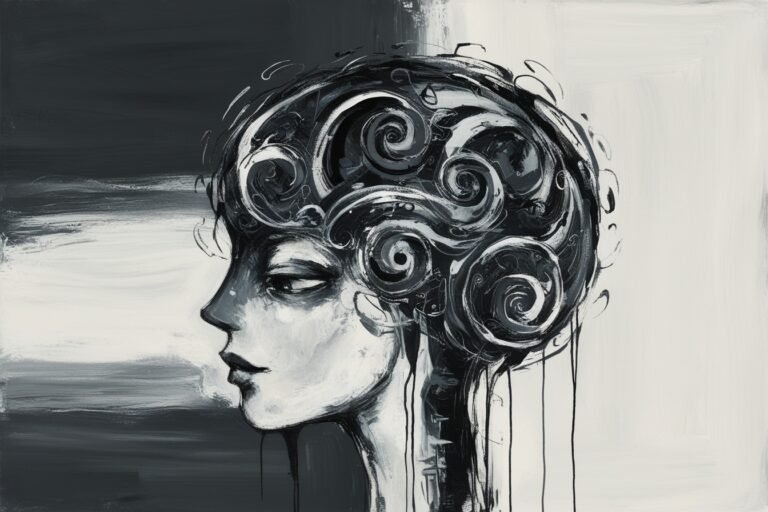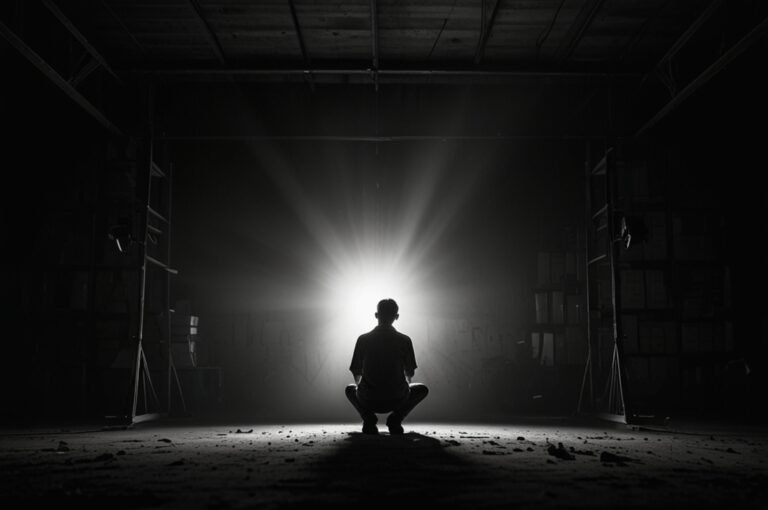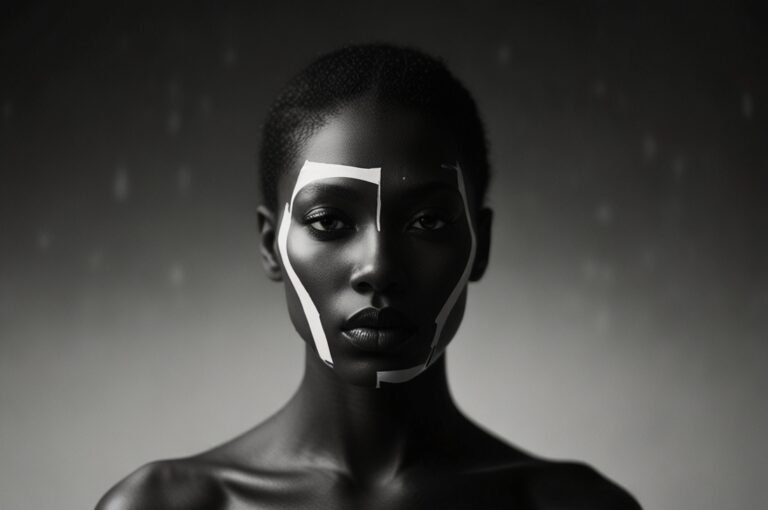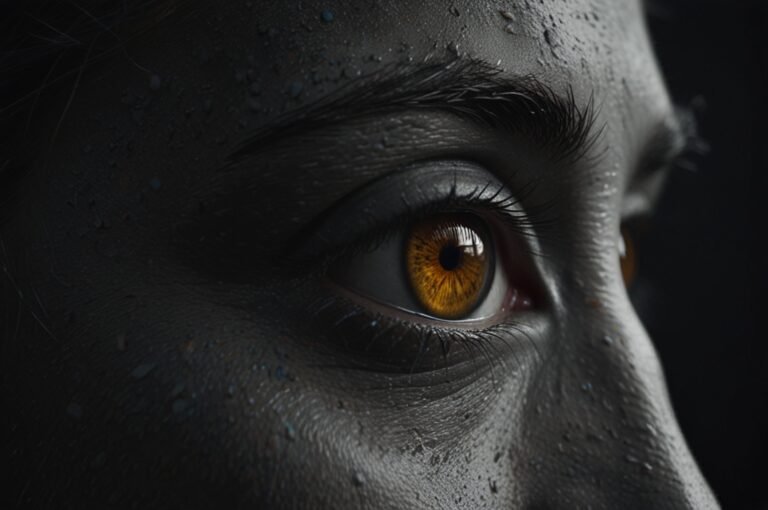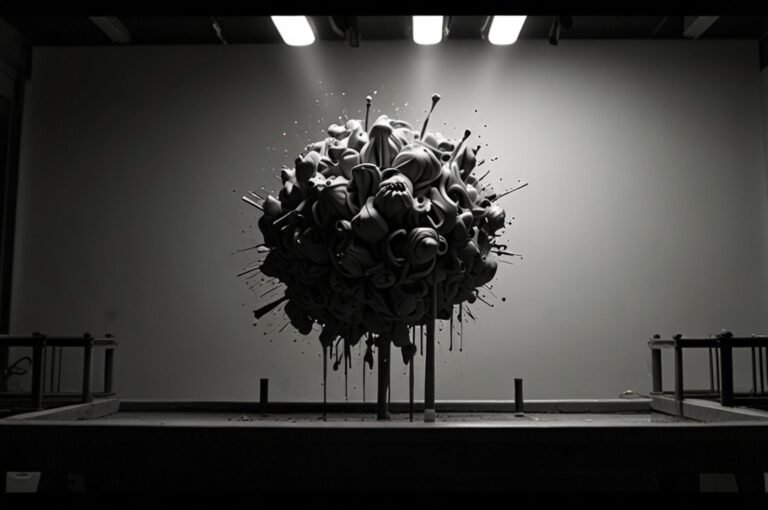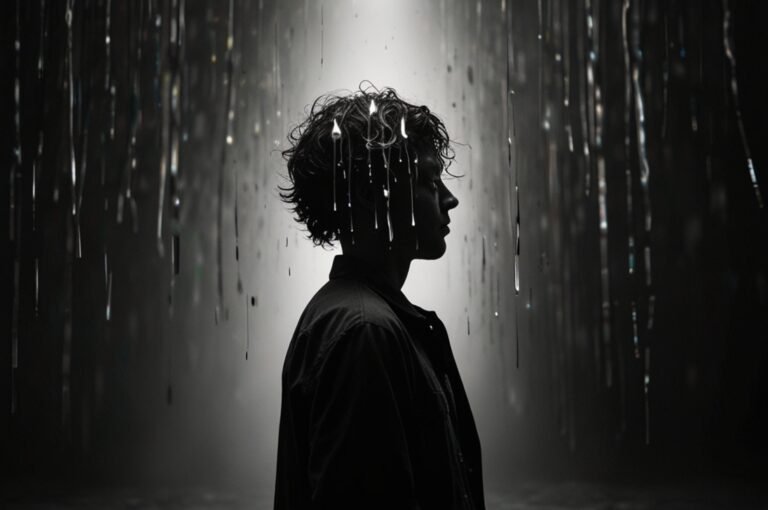Overcoming Fear of Failure in the Creative Process
Fear of failure is one of the most formidable obstacles to creativity. It is an insidious psychological barrier that prevents many from fully expressing their ideas, pursuing innovative projects, or venturing beyond the comfort of familiar routines. This fear often manifests as anxiety about judgment, rejection, or the possibility that one’s work may not be good enough. In this exploration of overcoming the fear of failure in the creative process, we delve into the common psychological barriers, their roots, and effective strategies for building confidence and embracing creativity without fear. Drawing from psychology, neuroscience, and real-life examples, we’ll explore how anyone can cultivate a more fearless approach to creativity.
Understanding the Psychological Barriers to Creativity
Creativity can be a deeply personal endeavor, and the vulnerability inherent in sharing one’s ideas can make the fear of failure particularly intense. To understand how to overcome this fear, it’s important to identify the key psychological barriers that contribute to it:
- Fear of Judgment: Many people are afraid of how others might perceive their creative work. They worry that their ideas will be criticized, ridiculed, or dismissed, which can lead to hesitation or avoidance of creative activities altogether. This fear is often rooted in a desire for social acceptance and validation.
- Perfectionism: Perfectionism is the belief that anything less than flawless is unacceptable. For creative individuals, this mindset can be paralyzing. The pursuit of perfection often prevents people from even starting a project, let alone finishing it, because they fear their work will fall short of their own high standards.
- Imposter Syndrome: Imposter syndrome involves feelings of inadequacy and the belief that one is not truly talented or deserving of success. Creative individuals may doubt their abilities and worry that others will eventually discover their perceived lack of talent. This self-doubt can severely hinder the creative process.
- Past Negative Experiences: Past experiences of failure or criticism can leave lasting scars that make people reluctant to try again. If someone has faced harsh criticism or rejection in the past, they may develop a fear of repeating those experiences, leading to creative inhibition.
- Fear of the Unknown: Creativity inherently involves stepping into the unknown. Whether it’s experimenting with new artistic techniques or approaching a problem from a different angle, the uncertainty that accompanies creativity can be intimidating. Fear of the unknown can lead people to stick with familiar, safe ideas rather than exploring uncharted territory.
- Comparison to Others: In an age of social media, it’s easy to compare oneself to others. Seeing other people’s creative successes can lead to feelings of inadequacy and self-doubt. This can create a fear that one’s own work will never measure up, which may discourage creative pursuits altogether.
The Neuroscience of Fear and Creativity
Fear of failure, like all fears, originates in the brain. The amygdala, a small, almond-shaped structure in the brain, is responsible for processing emotions like fear. When faced with the possibility of failure, the amygdala activates, triggering a “fight or flight” response. This response can make individuals want to avoid situations that might lead to failure, including creative endeavors.
However, the prefrontal cortex plays a crucial role in regulating fear and enabling rational decision-making. When individuals consciously decide to pursue creativity despite their fears, the prefrontal cortex can help override the amygdala’s fear response. Understanding this interplay between the amygdala and prefrontal cortex is key to managing fear and cultivating creativity.
Studies have shown that mindfulness meditation can help reduce amygdala activity and increase prefrontal cortex engagement, thereby reducing fear and anxiety. This suggests that mindfulness practices may be a powerful tool for overcoming the fear of failure in the creative process.
Strategies to Overcome Fear of Failure in the Creative Process
The good news is that fear of failure is not insurmountable. With the right strategies and mindset, anyone can learn to embrace creativity without fear. Here are several approaches to help overcome the fear of failure and unlock creative potential:
1. Reframe Failure as a Learning Opportunity
One of the most effective ways to overcome the fear of failure is to reframe how you perceive failure. Instead of viewing failure as a negative outcome, try to see it as a valuable learning experience. Every creative endeavor, whether successful or not, provides an opportunity to learn and grow.
Many successful creative individuals, from inventors to artists, have experienced numerous failures before achieving success. Thomas Edison, for example, famously failed thousands of times before inventing the lightbulb. He viewed each failure as a step closer to success, saying, “I have not failed. I’ve just found 10,000 ways that won’t work.”
By adopting a growth mindset and viewing failure as part of the creative process, you can reduce the fear associated with it and become more willing to take creative risks.
2. Practice Self-Compassion
Self-compassion involves treating yourself with kindness and understanding, especially in the face of failure or setbacks. Many people are overly critical of themselves when their creative efforts don’t turn out as planned. This harsh self-criticism can amplify the fear of failure and lead to avoidance of creative activities.
Research by psychologist Kristin Neff has shown that self-compassion is associated with greater resilience and reduced anxiety. By practicing self-compassion, you can create a mental environment that supports creativity rather than stifling it. When you encounter setbacks, remind yourself that failure is a normal part of the creative process and that everyone, even the most successful creators, experiences it.
3. Set Realistic Expectations
Setting unrealistic expectations can lead to a fear of falling short. Instead of aiming for perfection, set realistic and achievable goals for your creative projects. Break larger projects into smaller, manageable tasks, and celebrate each small accomplishment along the way.
Progress over perfection should be the mantra. Understand that the first draft of a story, the initial sketch of a painting, or the prototype of a product doesn’t have to be perfect. Creativity is a process of iteration, and the final product is often the result of multiple revisions and refinements.
4. Limit Exposure to Negative Influences
Negative influences, whether they come from overly critical individuals or social media comparisons, can exacerbate the fear of failure. To protect your creative confidence, consider limiting your exposure to these negative influences. Surround yourself with supportive individuals who encourage your creative efforts and provide constructive feedback.
If social media is causing you to compare yourself to others and feel inadequate, consider taking a break or curating your feed to include more positive and inspiring content. Remember that social media often presents a curated version of reality, and comparing yourself to others’ highlight reels is neither fair nor productive.
5. Embrace a Growth Mindset
A growth mindset, as defined by psychologist Carol Dweck, is the belief that abilities and intelligence can be developed through effort and learning. In contrast, a fixed mindset is the belief that abilities are static and cannot be changed.
Individuals with a growth mindset are more likely to embrace challenges, persist in the face of setbacks, and view effort as a path to mastery—all of which are essential for creativity. By cultivating a growth mindset, you can reduce the fear of failure and become more willing to take creative risks. Remind yourself that creativity is not an innate talent but a skill that can be developed over time with practice and perseverance.
6. Use Mindfulness Techniques
Mindfulness techniques, such as meditation and deep breathing, can help reduce anxiety and fear by calming the amygdala and increasing activity in the prefrontal cortex. Mindfulness meditation involves focusing on the present moment without judgment, which can help reduce the negative self-talk that often accompanies the fear of failure.
A study published in the journal Frontiers in Psychology found that individuals who practiced mindfulness meditation showed increased divergent thinking, which is a key component of creativity. By incorporating mindfulness into your routine, you can create a mental space that is more conducive to creative thinking and less dominated by fear.
7. Take Small Risks and Build Resilience
Overcoming the fear of failure requires building resilience, and one way to do this is by taking small, manageable creative risks. Start with low-stakes projects that allow you to experiment without the pressure of perfection. As you become more comfortable with taking risks and facing potential failure, you can gradually take on more ambitious creative challenges.
Each small success will build your confidence and help you develop a tolerance for the discomfort that comes with stepping outside your comfort zone. Over time, you’ll become more resilient and less fearful of failure, allowing you to fully embrace your creative potential.
8. Practice Exposure Therapy
Exposure therapy is a psychological technique used to help individuals confront and overcome their fears. In the context of creativity, exposure therapy involves gradually exposing yourself to situations where you might experience failure or judgment. The goal is to desensitize yourself to these fears over time.
For example, if you’re afraid of sharing your artwork with others, start by sharing it with a close friend or family member who is supportive. Once you become comfortable with that, share your work with a small group or online community. By gradually increasing your exposure to situations that trigger fear, you can reduce the intensity of the fear response and become more comfortable with vulnerability.
9. Visualize Success
Visualization is a powerful tool for overcoming fear. Take time to visualize yourself successfully completing your creative project or receiving positive feedback on your work. This technique can help rewire your brain to associate creativity with positive outcomes rather than fear and failure.
Athletes often use visualization to enhance performance, and the same principle can be applied to creativity. By visualizing success, you can build confidence and reduce anxiety about potential negative outcomes.
10. Keep a Creative Journal
A creative journal is a private space where you can freely express your thoughts, ideas, and fears without judgment. Writing about your creative process, including your fears and setbacks, can help you process those emotions and gain perspective. It can also serve as a reminder of your progress over time.
Journaling allows you to externalize your fears, making them feel less overwhelming. It can also be a space to brainstorm ideas, sketch out concepts, or write down creative prompts that inspire you. The act of putting your thoughts on paper can be cathartic and help you overcome the mental blocks that fear creates.
Embracing Failure as Part of the Creative Journey
The fear of failure often stems from a misunderstanding of what failure truly represents. In the creative process, failure is not the opposite of success; it is an integral part of it. Every successful creator has experienced failure, and those failures have often been stepping stones to their greatest achievements.
Consider the story of J.K. Rowling, who faced numerous rejections before finally getting her first Harry Potter book published. Had she given in to the fear of failure, the world would have never known the magic of Hogwarts. Similarly, Vincent van Gogh created over 2,000 artworks in his lifetime, yet he only sold a few paintings while he was alive. Despite the lack of recognition, he continued to create, driven by his passion and commitment to his art.
Failure is a natural part of the creative journey, and embracing it can lead to unexpected breakthroughs. When you allow yourself to fail, you open the door to experimentation, discovery, and growth. Each failure provides valuable insights that can inform future creative endeavors, making your work stronger and more refined.
Cultivating a Supportive Creative Environment
The environment in which you create can significantly impact your ability to overcome the fear of failure. A supportive and encouraging environment can help you feel more comfortable taking risks and expressing your ideas. Here are some ways to cultivate a creative environment that supports fearlessness:
- Seek Out Like-Minded Individuals: Surround yourself with people who understand the creative process and can offer support and encouragement. Joining creative groups, whether online or in person, can provide a sense of community and reduce the fear of judgment.
- Engage in Collaborative Projects: Collaboration can help alleviate the fear of failure by distributing the responsibility and allowing you to learn from others. Working with others can also provide new perspectives and ideas that enrich your creative work.
- Create a Dedicated Creative Space: Having a dedicated space for creativity can help you get into the right mindset for creating. Make your creative space comfortable and inspiring, filled with items that motivate you and reduce anxiety.
Conclusion: Embrace Creativity Without Fear
Overcoming the fear of failure in the creative process is a journey that requires self-awareness, resilience, and a willingness to step outside your comfort zone. By understanding the psychological barriers that hold you back, you can begin to dismantle them and replace fear with curiosity and a sense of adventure.
Creativity is about exploration, experimentation, and expression. It is not about perfection or avoiding mistakes. By reframing failure as a learning opportunity, practicing self-compassion, adopting a growth mindset, and embracing the unknown, you can unlock your full creative potential and create without fear.
Remember that every creative journey is unique, and there is no right or wrong way to be creative. The most important thing is to keep creating, regardless of the outcome. Each step you take, each idea you explore, and each failure you experience brings you closer to discovering your true creative potential. Embrace creativity as a fearless endeavor, and let your ideas flow freely without the constraints of fear.

